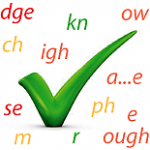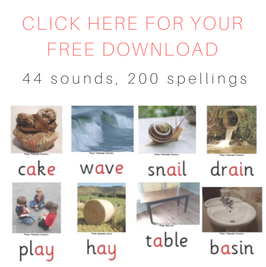Dyslexia cure
12 RepliesThere’s been a recent flurry of activity on the Australian Developmental Disorders of Language and Literacy (DDOLL) email network about the above article in a local newspaper, entitled “New word order for dyslectics” (sic).
This article promotes a new local business offering the “David Dyslexia Correction program”, which it says gets people with reading difficulties to visualise words and build associations with each one, and aims to cure dyslexia.
The DDOLL Network includes lots of Professors and people with PhDs in language and literacy, I am about the most ornery person on it, so usually keep quiet. Today they were first wondering whether this “dyslexia cure” is actually the Davis “Gift of Dyslexia” program, made up by a person called Ron Davis. Davis claims to have overcome dyslexia as well as autism, and his program reportedly involves, among other things, modelling letters and other symbols in clay, hopping on a balance beam and throwing a Nerf ball.
Free synthetic phonics worksheets
2 Replies
I recently made a few synthetic phonics worksheets from each of my workbooks available for free, so people can try them out with their learner(s) before deciding whether to buy the relevant workbook.
These worksheets are all under "Free stuff" in this site's shop.
The worksheets should always be done with supervision, not unsupervised, to ensure that the learner says every sound as she/he writes it, and that mistakes are immediately corrected, and not memorised.
In the Level 1-3 worksheets, the support person's job is to say the words slowly (if you're not sure of one, look on the next page), and run their finger across the word on the page as they produce each sound.
Spelling collection video
0 Replies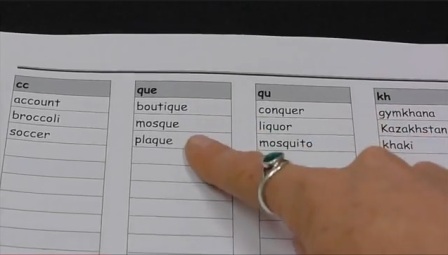
I've just made a three-minute video about my download-and-print Spelling Collection, and put it on my YouTube channel.
It's designed to give learners a framework for organising words by spelling pattern, and thus helps make learning English spelling finite and do-able.
Dyslexia support and intervention
3 Replies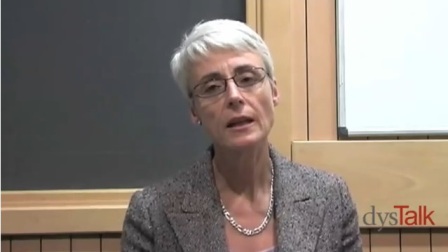
UK reading expert Professor Maggie Snowling has an excellent 5-minute talk on YouTube about how to help children with dyslexia – not always a term used in Australia, but this talk is relevant to any child who is at risk or struggling to learn reading and spelling for no obvious reason.
Here's a quick summary of the video, but feel free to skip it and just watch the video below:
- In the preschool years children with oral language difficulties should receive early intervention from a Speech and Language Therapist (in Australia called Speech Pathologists – click here to find one, or if you're outside Australia, see this page).
- In preschool it's also wise to teach children about letters and the sounds they represent, just one or two letters at a time, to tune them into the notion that letters and sounds are related.
- Once they start school, parents should be aware of how their child is going relative to other children, and because systematic Synthetic Phonics is now mandatory in the early years of primary school in the UK, teachers should also be very aware of who's not catching on to sounds and letters. In Australia most early years classrooms aren't yet using systematic Synthetic Phonics, but most early years teachers can still tell you who in their classes is struggling by about the middle of the first year of school.
- Schools should have an action plan for quickly helping children who are not catching on to sounds and letter, firstly working in small groups, using one of the many catch-up programs now available.
- If children are then still struggling, the school should provide them with individualised help.
- Prof. Snowling says parents should not be doing all the remedial work themselves, as they have a vital parenting role, supporting their child emotionally, building their strengths and praising them for their abilities. Parents should be supporting literacy intervention but not taking on the role of teacher.
- She highlights the importance of not mixing up reading for pleasure (reading to children) and reading for instruction (children reading themselves), so that children who are struggling still have access to quality literature, narrative structure, vocabulary, discussion of stories etc and to fuel their creativity, while still building their decoding skills to the point where they can read these stories independently one day.
Oz Phonics 3
0 Replies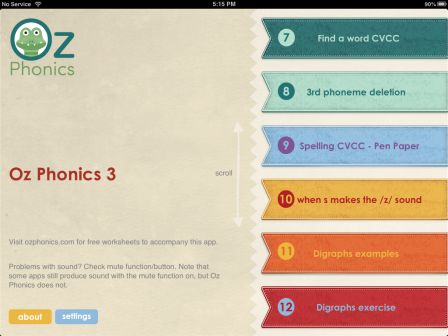
There's a new Oz Phonics app out, and the nice chap who made it sent me a code so I could download it and check it out (thanks, Steve!), and save breaking the bank on the $2.99 purchase price.
In the course of emailing Steve my feedback on Oz Phonics 3, I discovered something embarrassing.
I've only been using half the previous two apps, Oz Phonics 1 and 2.
I didn't notice they had a little scroll thing next to the menu.
Yes Phonics
8 Replies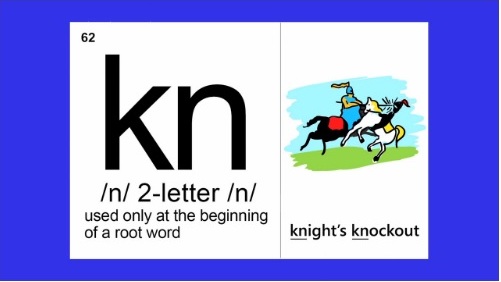
I've been looking around for extra materials to add to this site's Phonics Resources pages, so I thought I'd work through the ones on Wikipedia's List of Phonics Programs page.
The first one on the list is Yes Phonics. So I went to the Yes Phonics website and found an orange box saying "Test Drive The Express Program For Free! Start Teaching Phonics Today! Start now".
"How good is that?" I thought. Two exclamation marks. I signed up straight away.
Immediately there was an email in my inbox, thanking me for signing up and promising me 14 days of exciting sample lessons, ready to use with my learner.
The email says, "Start by watching this fun, engaging 26-minute video" to learn the basics of how to easily decode English.
26 minutes is nearly half an hour, which is quite long, but anyway it's school holidays and I had time, so I settled down to watch. (more…)
Spelling for kids
2 Replies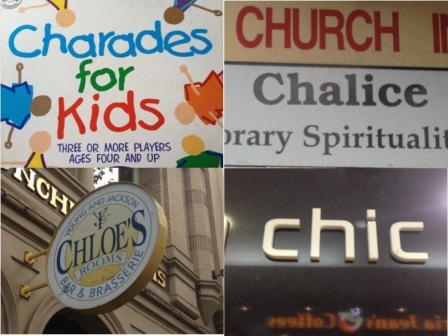
English spelling really sucks, but kids still expect adults to be able to explain it. And fair enough.
Here's a 10-point explanation I sometimes find useful:
 1. History of English spelling
1. History of English spelling
English spelling sucks because English is a mashup of lots of different languages and their spellings.
First England was invaded by the Angles, Saxons and Jutes who spoke old German languages, then by Vikings who spoke Old Norse, and these languages got mixed up with the church's Latin to make Old English. Then in 1066 the Norman French invaded, bringing in lots of French words.
Lots of migration and social upheaval after the Black Death led to a thing called the Great Vowel Shift, when all the vowels moved around. During the Renaissance everyone went mad for Latin and Greek, and started using a lot of their words for new discoveries and inventions. Once the British got Empire-building, they pinched words from all round the world, and now we have the internet, so the madness just continues (if you want to give some examples of English word origins, click here, or watch the Open University's hilarious 10-minute History of English, from which the above image is taken).
A bloke called Samuel Johnson published a dictionary standardising English spelling in 1755, and we've stuck to it pretty well since then, though American Noah Webster's attempt to simplify spelling actually made things worse, giving us two ways to spell words like "centre/center", "harbo(u)r", "travel(l)ing", "leuk(a)emia", "am(o)eba" and "catalog(ue)".
Simplifying English spelling is now impossible because more than a billion people are using it, and nobody is the boss of it any more, so we just have to suck it up, and teach and learn it well.
2. Spoken words are made of sounds
There are 44 sounds in spoken English – 24 consonant sounds and 20 vowel sounds. Every English word is made of combinations of these sounds.
If you want to know what all the sounds are, click here.
3. Letters are how we draw speech sounds
We can't actually draw sounds, because they are invisible, so someone a long time ago came up with the idea of letters, and we use them to draw the sounds of spoken words.
